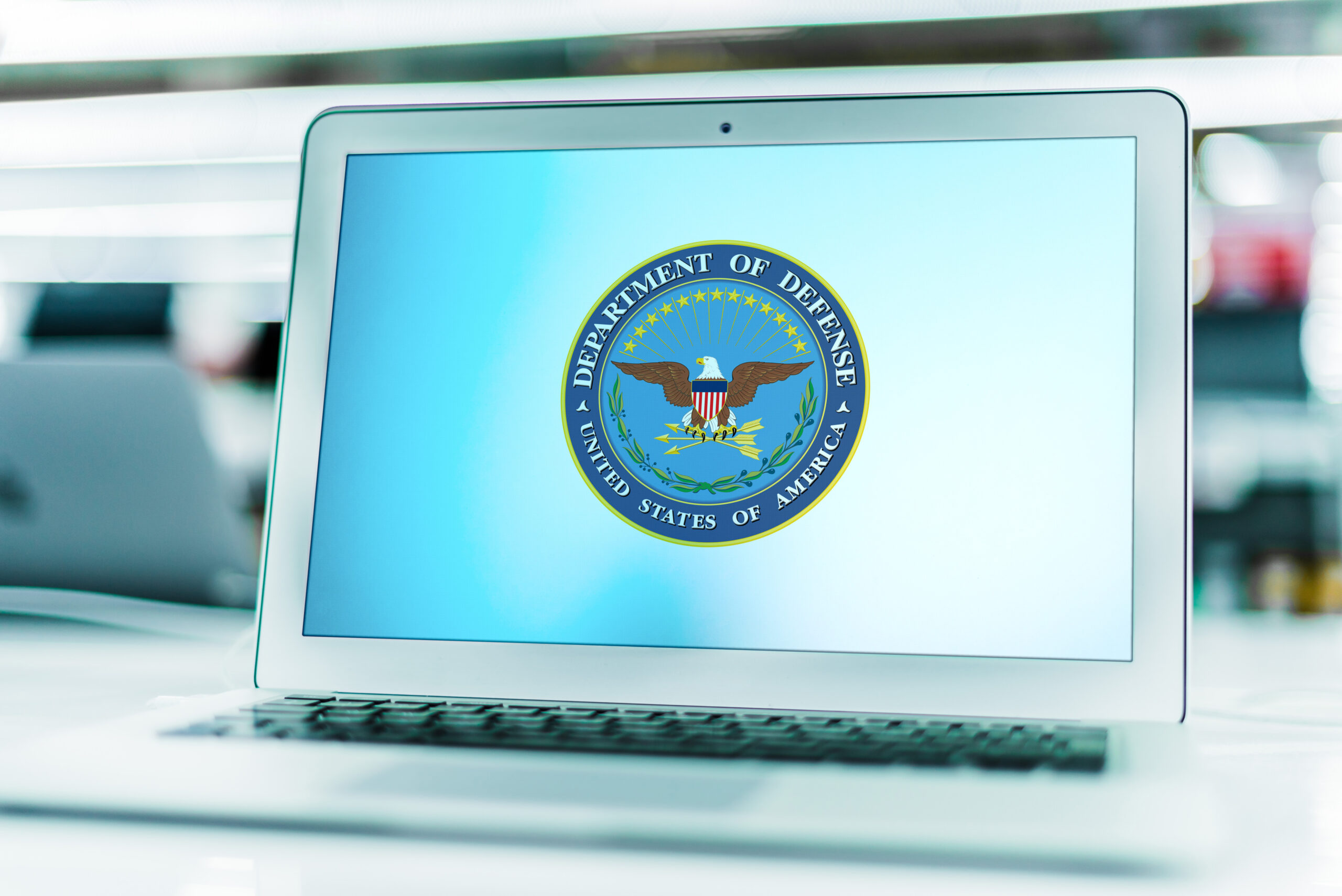The Cybersecurity Maturity Model Certification (CMMC) is a certification that ensures all contractors and subcontractors that work with the Department of Defense (DoD) are compliant with the same cybersecurity regulations. This framework outlines the necessary controls that companies need to implement to protect Controlled Unclassified Information (CUI) and systems from cyber-attacks.
CMMC is in the final stages of the rulemaking process and is expected to be in contracts in Q1 of 2025. However currently organizations still have contractual responsibilities. The Defense Federal Acquisition Regulation Supplements (DFARS) require any organization that handles Controlled Unclassified Information (CUI) to implement the 110 controls found in NIST 800-171.
These are the DFARS Clauses organizations need to be aware of in there contracts:
Becoming CMMC compliant is an essential step for any company that is involved in the DoD supply chain. This compliance ensures that your company can participate in DoD contracts.
In this article, we will discuss the steps to become CMMC compliant.
- Understand the CMMC Framework
The first step to becoming CMMC compliant is to understand the framework. CMMC 2.0 consists of three different maturity levels, with level one being the most basic and level three being the most advanced. Each CMMC level requires a different number of security requirements that companies must meet to be compliant.
Most organizations are going to be required to be at Level 2. Level 2 compliant means organizations will have to implement the 110 controls found in NIST 800-171, and undergo a third party audit every three years. Some organizations at Level 2 will be able to self attest, but the expectation is that most if not all organizations will require a third party audit.
The NIST 800-171 standard has 14 families, such as access control, incident response, and system and communications protection. Each one of these families has their own separate set of requirements. It’s essential to understand the CMMC framework and requirements to determine which level is appropriate for your company and what steps need to be taken to meet the requirements.
- Conduct a Gap Analysis
The next step is to conduct a gap analysis. This analysis will identify the areas where your company is not currently meeting the CMMC requirements. The gap analysis should include an assessment of your company’s cybersecurity policies, procedures, and controls.
The gap analysis will provide a roadmap of what needs to be done to become CMMC compliant. The analysis can be done internally or with the help of a third-party provider.
- Develop a System Security Plan (SSP)
Once the gap analysis is completed, the next step is to develop your System Security Plan. The SSP is your living breathing document that outlines exactly how you are meeting every control. This document is required in order to pass an audit.
The plan should include a review of policies and procedures, employee training, risk management, and incident response procedures. It’s important to involve all relevant departments in the planning process to ensure that everyone is aware of their role in becoming CMMC compliant.
- Implement a Plan of Actions and Milestones (POAM)
After developing the SSP, the next step is to address any gaps. The POAM is your roadmap to CMMC compliance. Executing your POAM involves making any necessary changes to your company’s IT infrastructure, as well as any updates to your policies and procedures.
This step often includes implementing technical controls, such as firewalls and encryption, as well as administrative controls, such as access controls and incident response procedures.
- Conduct Regular Assessments
Once the plan is implemented, it’s essential to conduct regular assessments to ensure that your company remains CMMC compliant. These assessments can be conducted internally or by a third-party provider.
Regular assessments will identify any areas where your company is not meeting the CMMC requirements and provide an opportunity to make necessary changes to remain compliant before the actual audit.
- Pass a C3PAO Audit
Certified Third-Party Assessor Organizations (C3PAO) are organizations that will conduct the CMMC assessment and give you your certification. These organizations are authorized to do so by the CMMC Accreditation Body (CMMC AB). These third party assessments expected to be a requirement in contracts beginning in Q1 of 2025.
- Maintain Compliance
Maintaining compliance is an ongoing process, and it’s essential to stay up-to-date with the latest changes. The DoD updates the requirements regularly, and it’s essential to stay informed to ensure that your company remains compliant.
Regular employee training and awareness programs are also critical to maintaining compliance. Employees need to understand their role in maintaining cybersecurity and be aware of any changes to policies and procedures.
In conclusion, becoming CMMC compliant is an essential step for any company that works with the Department of Defense. Understanding the CMMC framework, conducting a gap analysis, developing a plan, implementing the plan, conducting regular assessments, passing an audit and maintaining compliance are the steps to becoming CMMC compliant. By following these steps, your company can ensure that it is protecting sensitive information and systems from cyber-attacks and remain eligible to participate in government contracts and work with the DoD.
The FirstCall team of cybersecurity experts can conduct a comprehensive gap analysis for your company. We identify areas where you are not meeting the CMMC requirements, and develop your SSP, POAM, and give you your SPRS score to upload into the DoD database. Contact us today to schedule a gap analysis and take the first step in becoming CMMC compliant.





